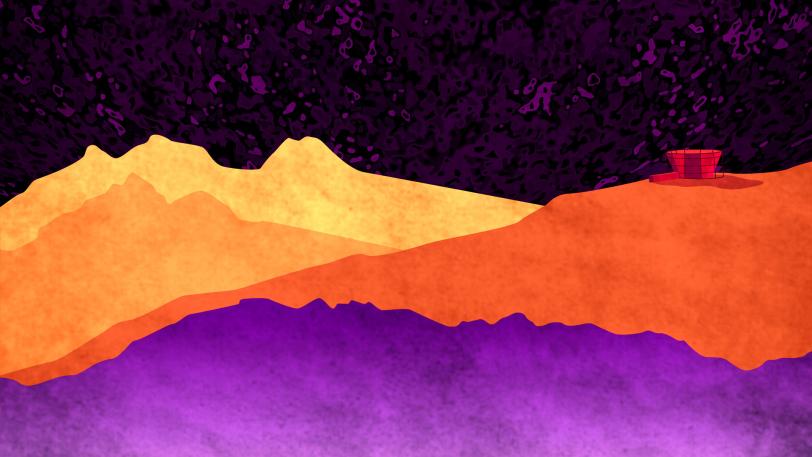Shortly after the birth of the universe, space was filled by a plasma that was literally red-hot. The light radiated by that plasma has traveled the vast emptiness of space for billions of years, with the expansion of the universe slowly stretching its waves until today it appears as microwave radiation. This is the Cosmic Microwave Background (CMB), a glow still visible in the night sky. This glow is almost uniform, but small variations from point to point hold information about the conditions of the universe 13.8 billion years ago. This lecture introduces the CMB, presents the sophisticated cameras we build to observe it, and describes the remote outposts of our planet where we deploy these cameras to take pictures of this faint radiation. As we image the CMB in finer and finer detail, we hope to improve our understanding of the beginning of the universe and perhaps of time itself.
